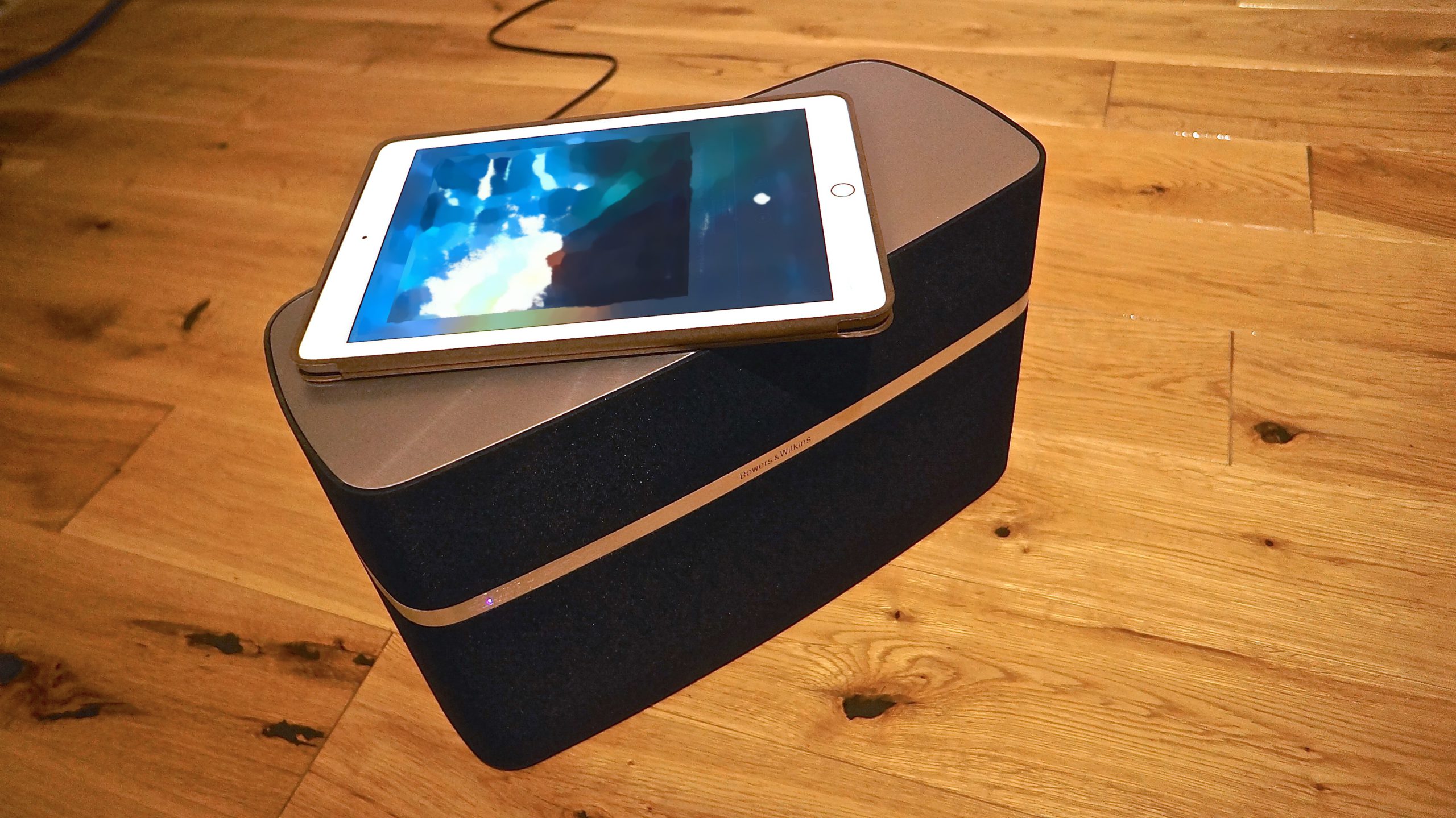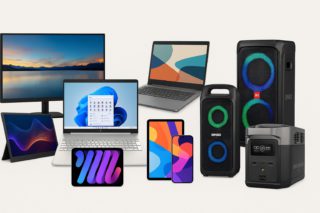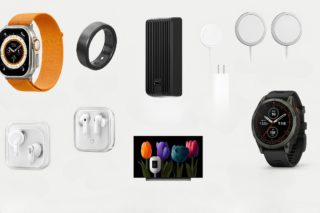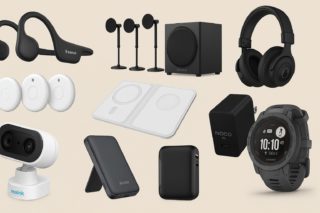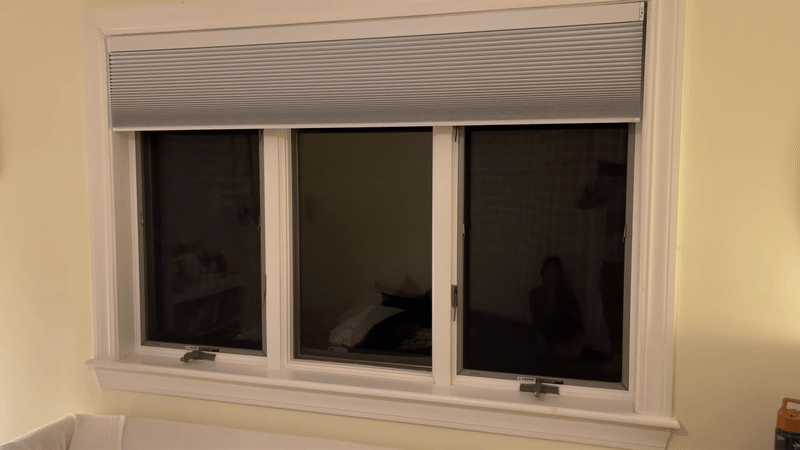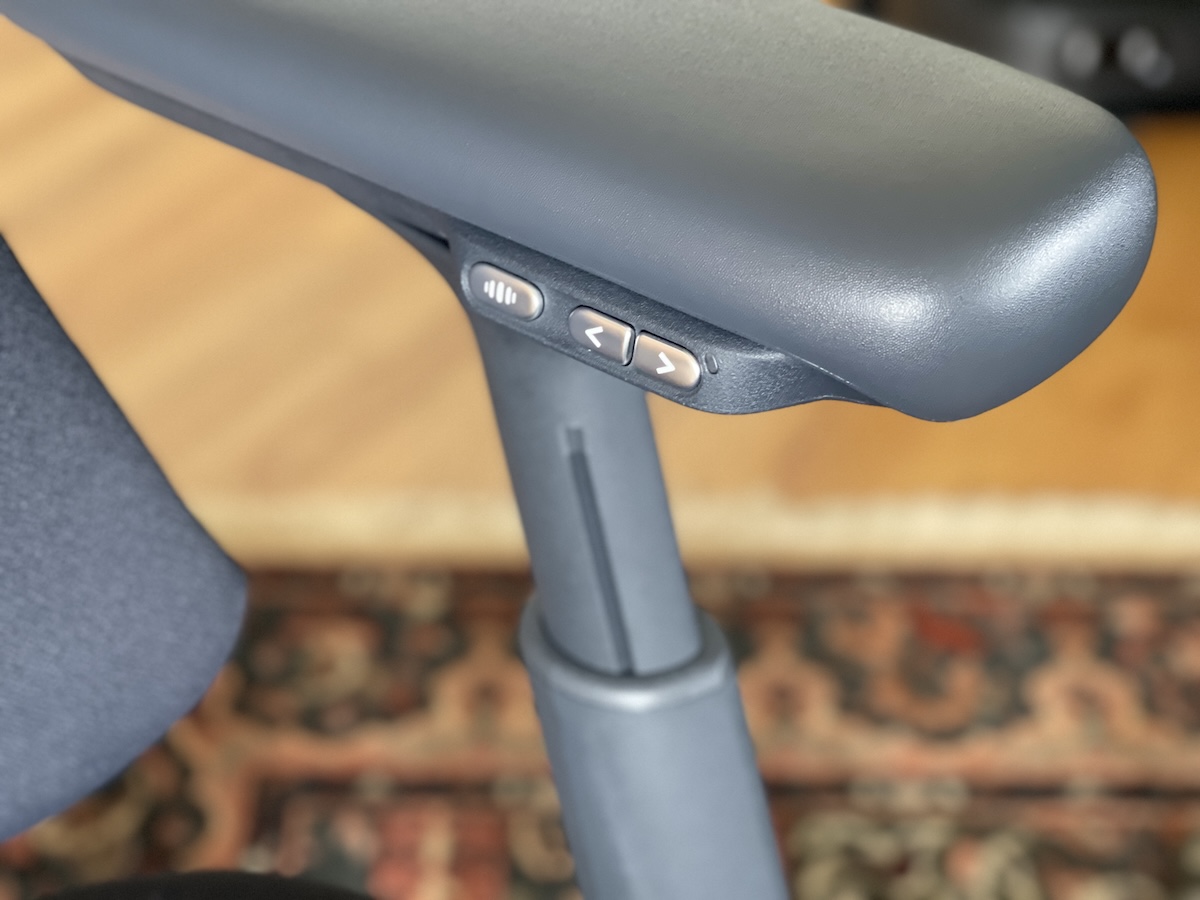Remember when sharing songs at a party just meant passing around a burned CD? Today’s wireless streaming may seem magical by comparison, but that same convenience now harbors a dark secret. Security researchers at Oligo have discovered critical vulnerabilities in Apple’s AirPlay technology that transform that seamless connection into something more sinister: a digital expressway for hackers.
The Invisible Threat
The newly identified “Airborne” vulnerabilities—23—essentially convert your smart home into a hacker’s playground. Much like how someone with the right tools can hot-wire a perfectly tuned sports car, these bugs allow attackers on the same Wi-Fi network to execute unauthorized code on any AirPlay-enabled device.
What makes this particularly alarming is the always-on nature of AirPlay. That speaker sitting silently in your living room? It’s constantly listening for connection requests, creating a permanently open door that, until now, few realized could be picked.
(You know that feeling when you realize you’ve left your front door unlocked all night? This is the digital equivalent, except your smart home has potentially been unlocked for years.)
The Update Divide
Apple has already patched its devices through software updates, closing its particular security gaps with typical Cupertino efficiency. However, third-party devices that support AirPlay, which number in the millions, exist in a different reality altogether.
According to security experts who have analyzed the Airborne vulnerabilities, smart home devices and CarPlay rarely receive the same regular update cadence as Apple’s products. This creates a significant security gap that leaves many devices perpetually vulnerable, especially as hackers develop new methods to spy without physical access to a device, exposing a broader, more insidious threat landscape.
This update divides to create a two-tier security world: Apple devices that receive regular patches, and third-party devices that remain perpetually vulnerable. That stylish wireless speaker that hasn’t had a firmware update since 2019? It’s essentially wearing a “hack me” sign visible only to digital intruders.
The Dark Side of Convenience
The potential damage goes beyond simply hijacking your music playlist. Security researchers at Oligo confirmed that compromised devices can serve as launching pads for ransomware attacks, surveillance operations, or corporate espionage. Worse still, many affected products contain microphones, turning that innocent smart speaker into something straight out of a spy thriller.
Security researchers have explained that these vulnerabilities could potentially spread across networks rapidly, with one compromised device potentially affecting others on the same network. This interconnected risk is particularly concerning in environments where multiple smart devices operate together.
Protecting Your Digital Domain
For those concerned about their own vulnerability, there’s some reassurance: exploiting these bugs on Apple devices requires changes to default settings, as confirmed by Apple. But public Wi-Fi networks remain particularly dangerous theaters of operation.
Security experts recommend these essential steps:
- Update all AirPlay devices religiously—especially third-party products
- Audit your network regularly for unknown devices
- Approach public Wi-Fi as cautiously as you would a stranger’s unlocked phone
- Review your AirPlay settings to limit unauthorized connections
The New Reality
The Airborne vulnerabilities perfectly encapsulate modern technology’s fundamental paradox: convenience nearly always comes with security costs. As our homes fill with ever more connected devices, each new connection creates another potential entry point.
Security professionals consistently emphasize that the convenience of modern smart home technology often introduces new security challenges that many consumers aren’t aware of until vulnerabilities are discovered.
As we continue embracing the wireless future, the AirBorne vulnerabilities serve as a reminder that sometimes the most dangerous connections are the ones we’ve grown too comfortable to question. The technology that makes our lives frictionless might just be creating friction of an entirely different kind.


